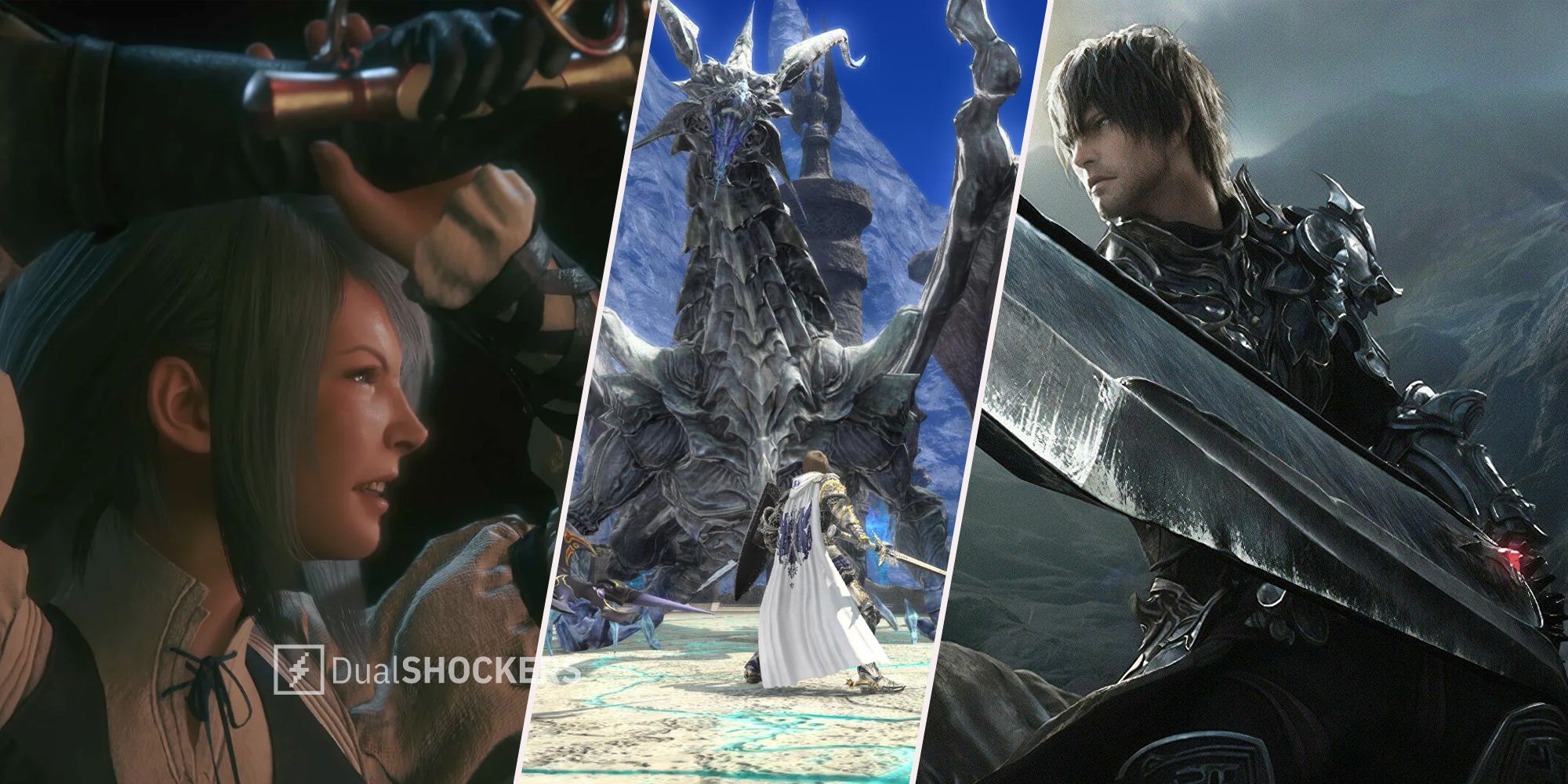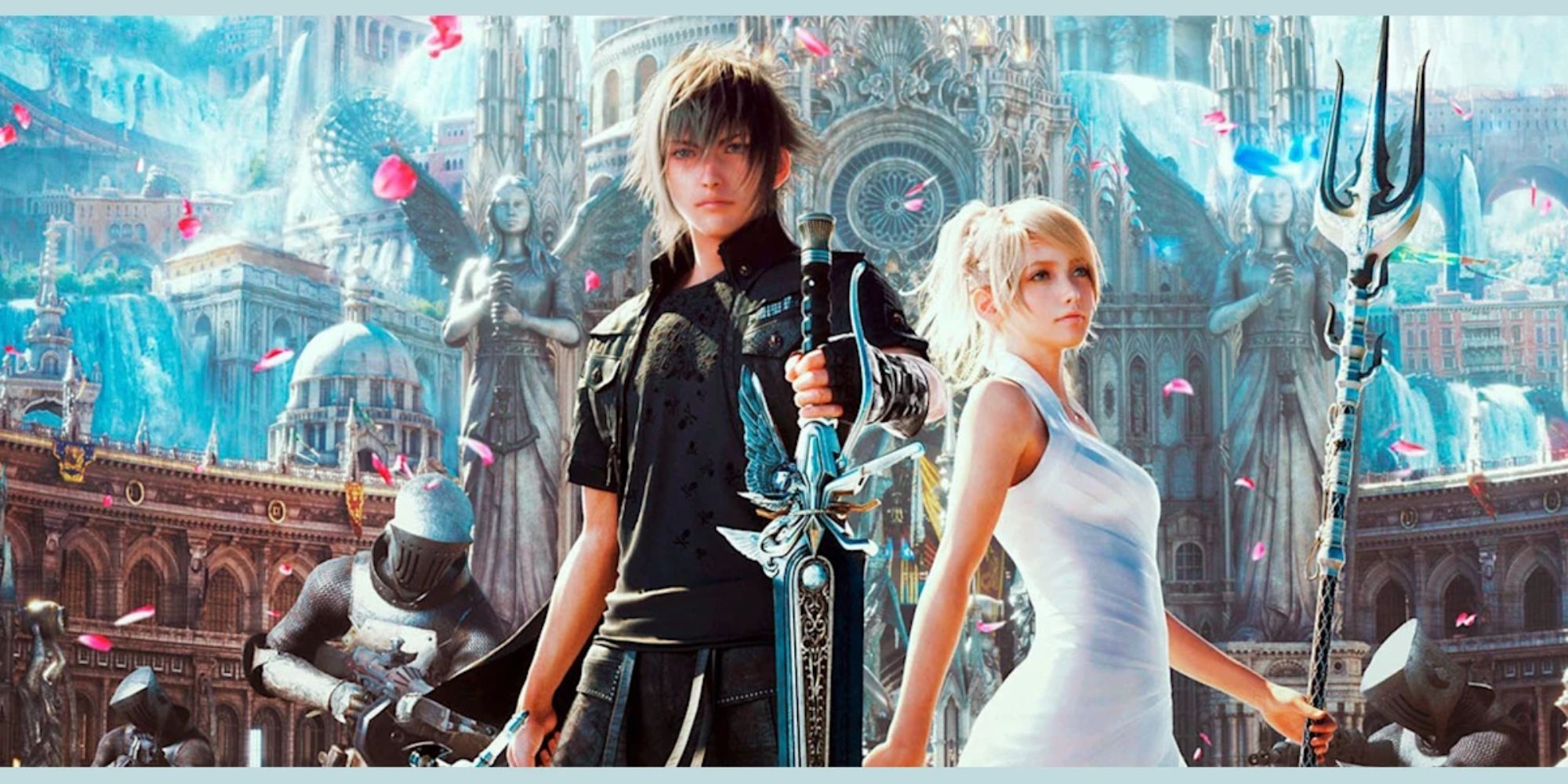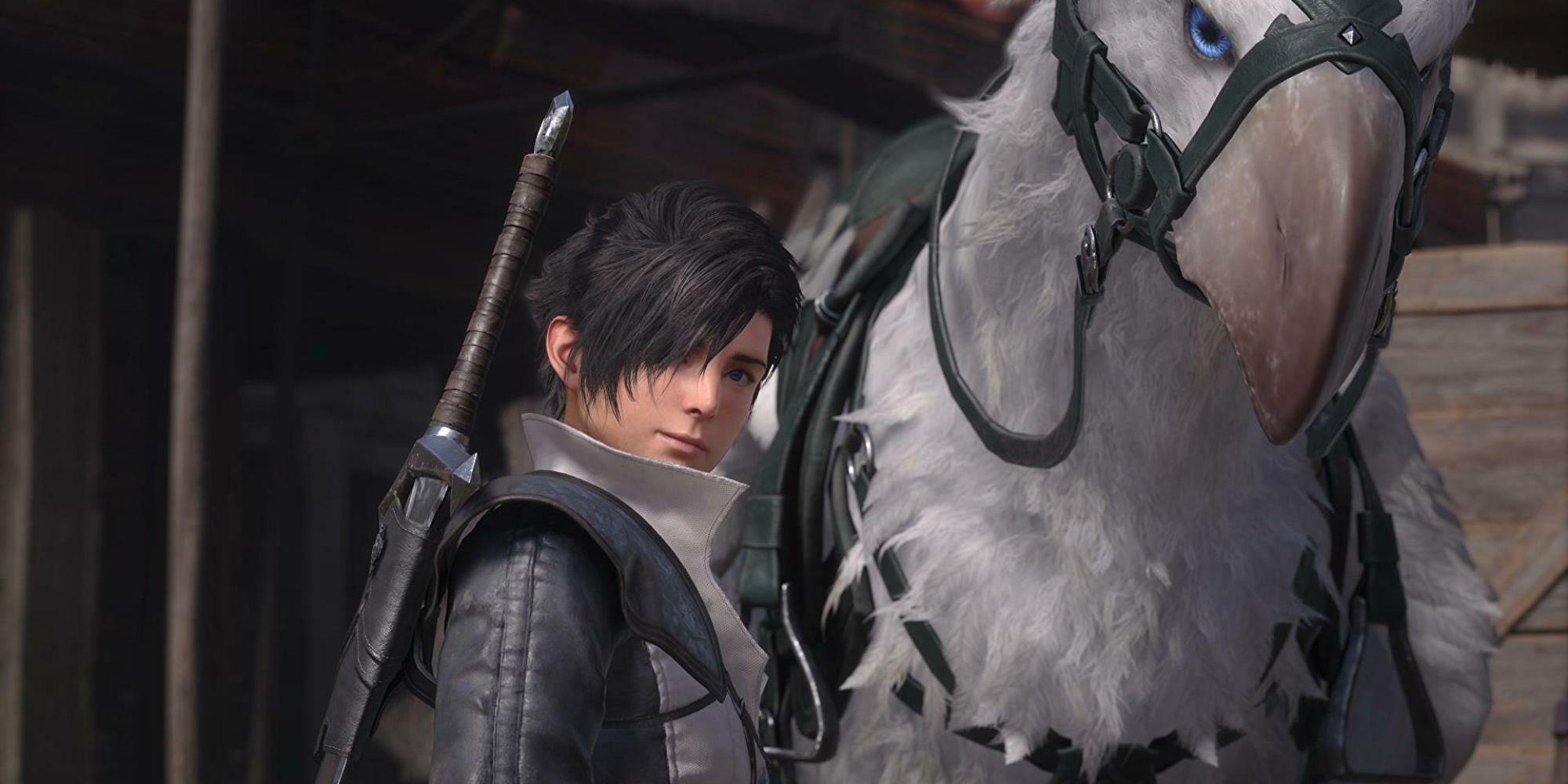SPOILER WARNING: This feature will reveal details about the plot of Final Fantasy VI, Final Fantasy VII and Final Fantasy XV
Final Fantasy 16 is now confirmed to come out June 22 2023, and already it has the internet speculating on the story based on what little’s been revealed so far. That said, it’s hard to shake off the niggling feeling that the story might just suck, due to the many narrative shortcomings we saw in Final Fantasy 15. In order for Final Fantasy 16 to become a success, it needs to approach its story with full awareness of its predecessor’s shortcomings.
The plots of the series are usually complex, with plenty of twists and turns that constantly change our understanding of current and past events. Final Fantasy 15, however, didn’t do that. The protagonist, Noctis Lucis Caelum, and his friends get embroiled in a revenge war against an invading country, but the game continuously draws you away from the complexities of this war, and leaves you only with a bare bones plot which you have to supplement yourself with post-release DLC and multimedia spinoffs that do little to feed into the main story.
The issue goes hand in hand with how Noctis’ point-of-view in Final Fantasy 15 was overly restrictive. You merely hear about what initiated the conflicts of the story, and do not engage in them yourself. Noctis reads about his father’s death–the main cause of the revenge war–in the newspapers. He also sleeps for ten years when the game’s prophesied apocalypse is happening. There are hardly any meaningful conversations about the motivations and conflicts of Noctis’ companions (or their personal dilemmas, which were shallowly explored in subsequent DLC) and the main heroine Lunafreya barely gets any characterization before her eventual offscreen death.
This compares poorly to past entries, where the twists and key plot points have much more tangible and drastic effects on their respective stories. Kefka, the main villain of Final Fantasy 6, destroys and reshapes the world halfway through the story, but we get to actually explore the destroyed world and see how the main characters, locations, and NPCs have been impacted by it. Aerith's death in Final Fantasy 7, meanwhile, was far more impactful than Lunafreya's, not only because of her extended presence as a party member, but also because her death is experienced in real-time rather than through a third party.
The extensive use of bait-and-switch played a big part in Final Fantasy 15’s problems. The story became increasingly sidetracked from its initial premise as it progressed, jumping around chaotically between fun road trip, gritty revenge war, bittersweet love tale, and dystopian apocalypse, without exploring any of these tropes in meaningful depth. Later story patches–and canceled epilogue novel–provided some depth to these themes and answered some lingering questions about things like the villain Ardyn's motivations, but that didn't obviate the need to integrate these details naturally into the game, and give the players a proper payoff for their time.
To avoid these types of inconsistencies, Final Fantasy 16 needs to establish a coherent plot with proper buildup and character depth of the same caliber as earlier games in the series.
Having another playable character during the early parts of Final Fantasy 16 is something that already distinguishes it from its predecessor, engaging us in the events that set the story in motion; It sounds similar to when we could control the older brother of Final Fantasy 12’s protagonist Vaan, which helped us explore the fall of the Dalmasca kingdom, and the incident’s repercussions on every party member. Meanwhile, in Final Fantasy 15, the fall of Insomnia–where Noctis’ father died, inciting his revenge–is only told in a prequel movie, and the player doesn’t experience this event nor witness it in the game.
There is more transparency from Square Enix about the next game’s core pillars as well, like the premise of revenge and the heavy Game of Thrones inspirations where five nations are at war. The world is more focused and shown on a region-by-region basis, with distinct identities for each region. On the other hand, Final Fantasy 15’s open world was needlessly spacious. Its recurring mountainous plains lacked any variety, and the abundance of lookalike outposts–compared to dungeons, areas and towns–robbed the world of visual identity. Compare that to, say, Final Fantasy 12's Ivalice, which had 10 visually distinct regions, each with their own politics and separate dialects like Fran's icelandic accent or Al-Cid Margrace's spanish accent.
Furthermore, Final Fantasy 16 is confirmed to reflect three important stages in Clive’s life (via Gamereactor), and that he will be playable in his teens, his 20s and his 30s. It really seems that there'll be more focus on his growth than we had with Noctis, whose youth was only explored in flashbacks. Moreover, Noctis’ abrupt maturity following a 10-year time skip near the end only affected his outside appearance. He didn't interact differently with his companions, or react in any way to the daemon infestation that had spread throughout the world in his 10-year sleep (which makes sense, given he was asleep, but it didn't make for the most compelling plot device).
The second half of Final Fantasy 6 utilizes its time-skip following Kefka's world destruction much better, and sheds light on how the main characters deal with intense themes of loss and identity after the disaster, such as Terra Branford rediscovering her maternal feelings and love for the world she lost, or Celes Chere attempting suicide before she finds out her friends are alive and endeavors to gather them once again through various quests.
It’s early days still, but even at this stage all the narrative elements shown from Final Fantasy 16 feel coherent and important. The major characters have a well-defined common thread keeping them relevant to the main war of dominance between nations, which is the ability to utilize the power of Eikons (Summons in other Final Fantasy Games). Moreover, localization director Michael Koji-Fox confirmed to IGN that Clive’s companions are not “one-dimensional plot devices to prop-up Clive”, and that their motivations and pasts will be explored in depth as the player progresses through the story itself rather than via side content. Sure, you could say it's 'all talk,' but at least it's the right kind of talk.
There are certainly signs here that the Final Fantasy 16 team understand what makes a good Final Fantasy game, which is writing relatable characters who experience meaningful conflicts. But more importantly, the game needs to execute these characters and stories in a way that feels emotionally resonant and faithful to the Final Fantasy series.



